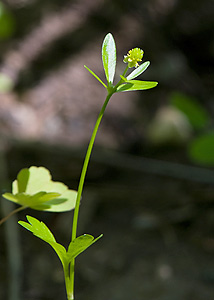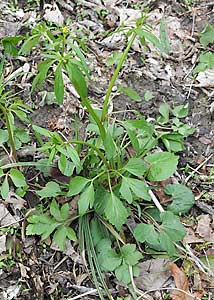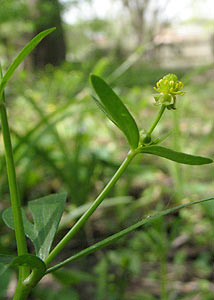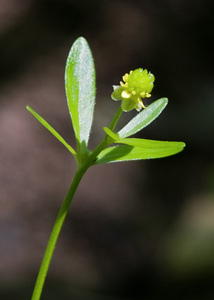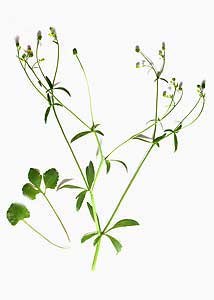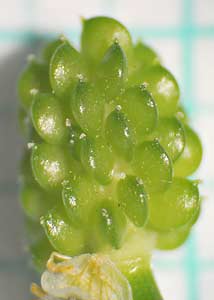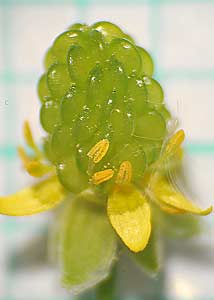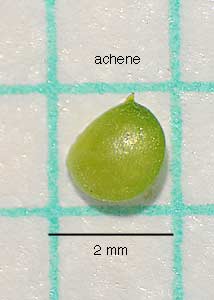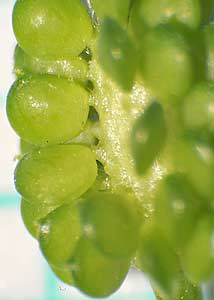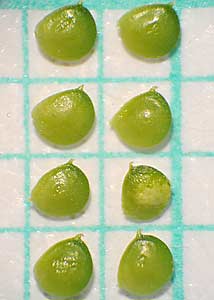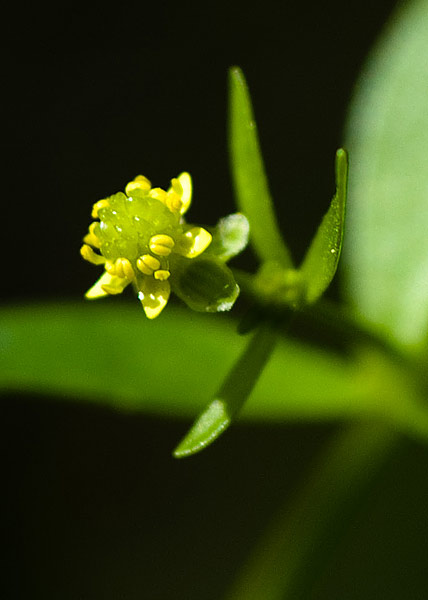

| Classification Hierarchy | |
| Kingdom | Plantae |
| Subkingdom | Tracheophyta |
| Superdivision | Spermatophyta |
| Division | Magnoliophyta |
| Class | Magnoliopsida |
| Subclass | Magnoliidae |
| Order | Ranunculales |
| Family | Ranunculaceae |
| Genus | Ranunculus |
| Species | Ranunculus abortivus L. |

Commonly known by "Littleleaf" and "Kidneyleaf " buttercup, this plant has kidney shaped basal leaves with crenate (scalloped) edges and smaller unstalked cauline (attached to the stem) leaves. The cauline leaves are often 3 to 5 lobed and some may be undivided nearest the flowers. A distincive feature of the plant (for which it was named) are the reduced styles and petals. Ranunculus is a widely distributed large genus with 95 species in the U.S., some are aquatic. At least sixteen species of Ranunculus have been identified in Iowa (R.abortivus, R. acris, R.cymbalaria, R. fascicularis, R. flabellaris, R. gmelinii, R. hispidus, R. longirostris, R. macounii, R. pensylvanicus, R. recurvatus, R. repens, R. rhomboideus, R. sceleratus, R. testiculata, and R. trichophyllus)
.You can find excellant photographs of selected Ranunculus species at the Canadian web site of Brian Johnston. and at Missouriplants.com
Flowers; late March, tiny yellow, petals 5, 1.4 to 5mm. long, sepals 2.5 to 5 mm. long, sessile, reflexed. Fruiting head; globose or ellipsoid 2.5 to 7mm. long, 3 to 4.5 mm. thick. Achene; lustrous, suborbicular, 1.2 to 1.5 mm. long, very minute style.
Stems; glabrous (smooth), green, forking, 1.2 to 8.5 dm. high.
Leaves; basal leaves simple (sometimes divided) glabrous, reniform (kidney shaped). Cauline leaves are variable, simple or divided, lower petioled, upper sessile.
Glossary: Botanical Terms pdf
